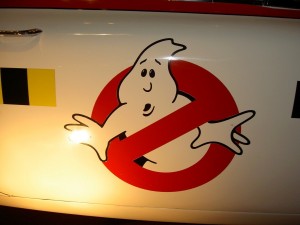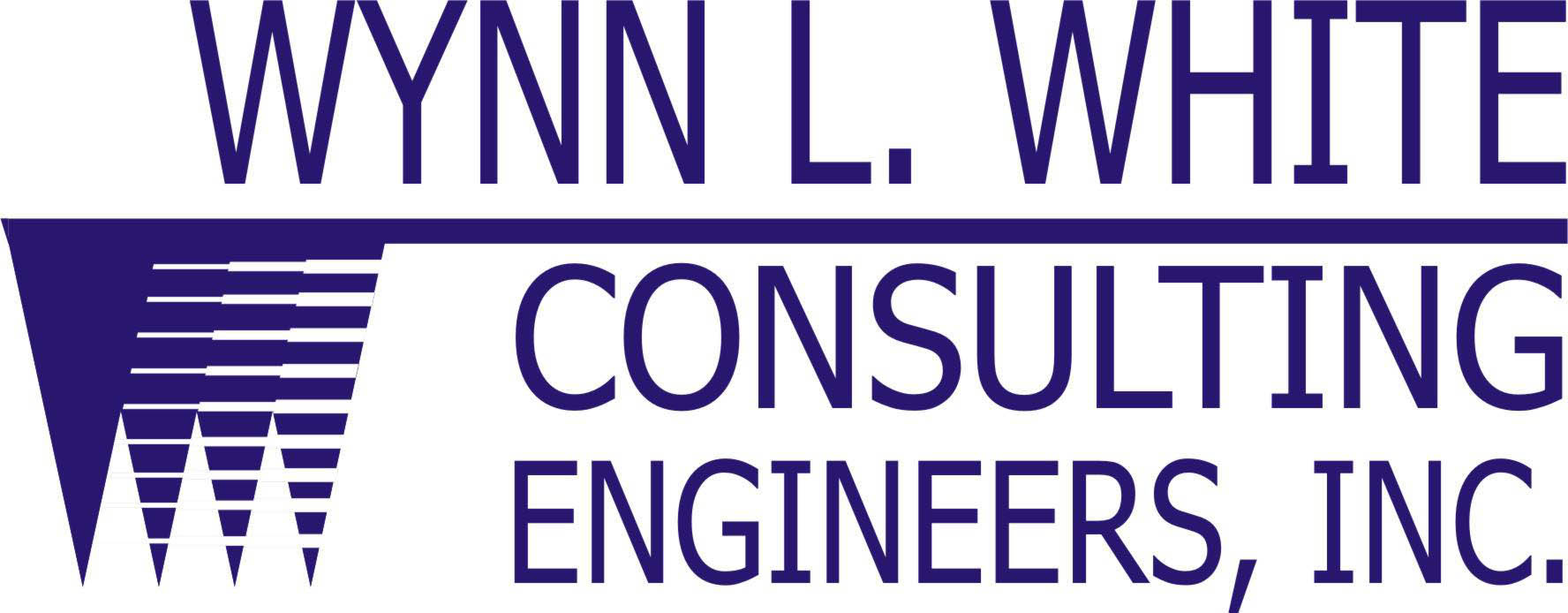Remember the scene in Ghostbusters where the guys get their first job at the hotel? There’s a scene where Egon Spengler (probably the smartest one in the bunch) is walking through the hotel while holding some sort of scanner, and comes across a live guest.
He’s staring intently at the readout, and to see if the person is real, reaches out and pokes the guest. But he’s holding a sophisticated looking gadget, so he at least looks really smart.

I ain’t afraid of no ghosts. Credit: Fotopedia
I love gadgets, but use your head before blindly accepting the results on the display. Just like Egon, sometimes you may want to use an instrument you can trust–your sense of touch.
I’m reminded of a project. This facility had experienced widespread problems, and in some areas, these problems were plainly visible. In others, not so much, since the sheetrock was covered, and sometimes the problems were visible inside the wall cavity only, or only underneath wall coverings.
So, what to do? In a continuously operating facility, it’s unusual to shut down entire areas and conduct exploratory demolition, and in this case, we were looking for problems caused by moisture. On this project, one of the tools in our arsenal was a moisture meter that we used to measure relative moisture content in the gypsum board walls.
These devices are terrific for conducting non-destructive (or in some cases, minimally destructive) moisture measurements. Along with our other walk through inspection techniques, we measured relative moisture content at several different locations along each wall in each guest room, corridor, and main building spaces.
We had a lot results that showed what we suspected (and could feel by touching the wall with our hands) – many of the wall surfaces were wet, and were ready to support mold growth (and many already were). For the report, we broke down the moisture survey results and prepared a floor by floor plan showing wet/at risk wall materials, along with a database listing walls (listed by origin) and the respective device readings.
The result was a set of color coded drawings that easily showed where we measured wet wall materials. Not coincidentally, the plans showed the worst areas were in areas where we observed other circumstances contributing to overall building moisture problems (air pressurization, etc.). We were also able to see areas along guest room walls that were affected differently by HVAC grille settings (flow paths blowing cold air onto walls). Neat stuff.
Here are some key things we learned (or re-learned) in this phase of the project:
1. Moisture meters are a great screening tool, very useful in helping identify materials requiring further investigation.
2. Moisture meters are great wall stud locators, so watch out for regular, exactly spaced readings showing wet wall materials.
3. The more gadgets you have, the cooler you’ll look, and that’s all that counts (just kidding). Seriously, they’re another tool in your bag of tricks, but know their limitations.
4. Moisture measurements may sharpen your focus toward problems (and what caused them) missed by other measurements/observations.
Stay slimy, my friends.
Chris White, P.E., LEED AP has been helping clients solve problems for 20 years. You can follow him on Twitter @ChrisWhitePE.

